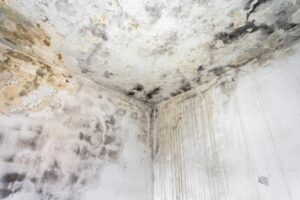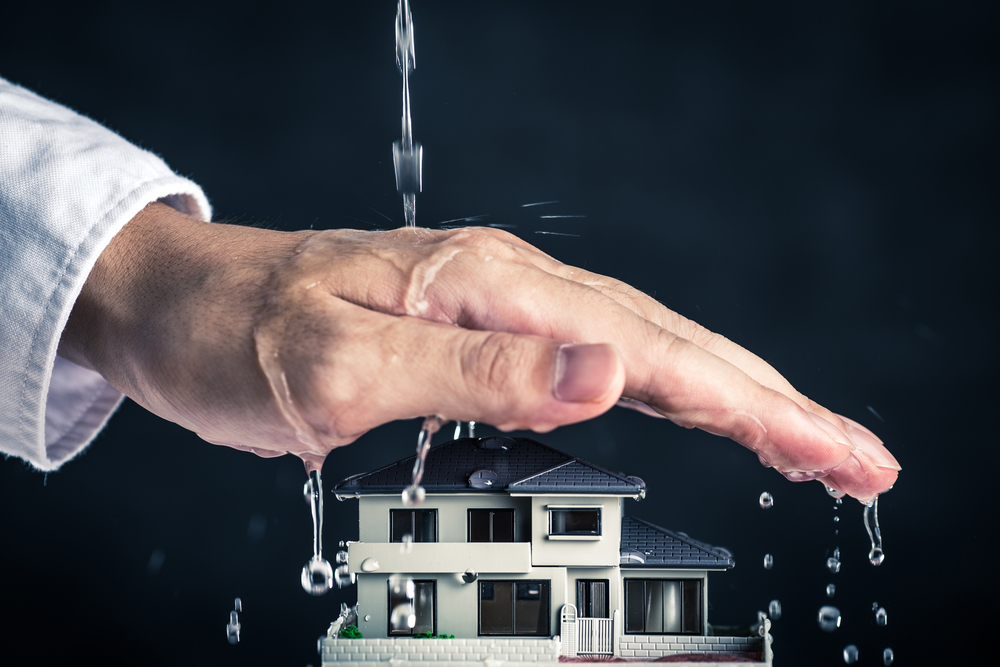Water damage can strike when you least expect it, leaving behind more than just soggy carpets and warped walls. If not handled promptly, it can lead to mold growth, structural issues, and costly repairs. This guide walks you through effective solutions for flood damage cleanup and repair, as well as mold restoration, ensuring your home stays safe and sound.
Recognizing Water Damage: Early Signs Matter
The faster you identify water damage, the easier it is to minimize the aftermath. Ignoring the signs can lead to long-term consequences.
Common Indicators of Water Damage
- Discolored walls or ceilings: Yellow or brown stains often signal a leak.
- Peeling or bubbling paint: This indicates trapped moisture beneath the surface.
- Musty odors: A telltale sign of mold lurking in hidden corners.
- Warped floors: Buckling wood or laminate flooring points to water seepage.
Fun Fact: A small crack in a pipe can leak up to 250 gallons of water in a single day!
Immediate Steps to Take After Water Damage
When water damage occurs, acting quickly can save your home from extensive harm. Follow these steps to control the situation.
Emergency Checklist
- Stop the water source: Shut off the main water valve or repair the leak.
- Turn off electricity: Avoid electrical hazards by cutting power in affected areas.
- Remove valuables: Move furniture, electronics, and other items to a dry area.
- Dry the area: Use fans, dehumidifiers, or open windows for ventilation.
Pro Tip: Document the damage with photos or videos for insurance claims.
Professional Water Extraction: Why It’s Essential
Even after mopping and drying, moisture can linger in walls, floors, and carpets. Professional water extraction ensures a thorough cleanup.
Benefits of Professional Services
- Industrial equipment removes water efficiently, reducing drying time.
- Specialists can detect hidden pockets of moisture using advanced tools like infrared cameras.
- Prevents mold growth by addressing hard-to-reach areas.
Did You Know? Water damage cleanup can reduce repair costs by up to 70% if handled within the first 48 hours!
Preventing Mold Growth After Water Damage

Mold thrives in damp environments, often appearing within 24-48 hours after water exposure. Preventive measures are key to avoiding this issue.
Steps to Keep Mold at Bay
- Dry affected areas quickly: Implementing drying solutions, such as fans and dehumidifiers, is crucial for removing excess moisture and preventing mold growth after water damage.
- Dispose of porous materials: Carpets, insulation, and drywall may need replacement if heavily soaked.
- Use mold-resistant products: Apply anti-microbial solutions during restoration.
Fun Fact: There are over 100,000 types of mold, but only a few, like black mold, pose significant health risks!
Mold Remediation: Getting Rid of the Problem
If mold has already set in, professional remediation is necessary to prevent health hazards and further property damage.
What to Expect During Mold Remediation
- Inspection and testing: Specialists identify mold type and affected areas.
- Containment: Sealing off areas to prevent spores from spreading.
- Cleaning and removal: Using specialized tools to clean surfaces and replace damaged materials.
- Air purification: High-efficiency filters ensure a spore-free environment.
Pro Tip: Regularly check HVAC systems for mold buildup, as they can circulate spores throughout your home.
Restoring Your Home to Its Original Condition
Water damage and mold restoration isn’t complete without proper repairs and aesthetic touch-ups.
Steps in Home Restoration
- Structural repairs: Fix walls, flooring, and ceilings compromised by water damage.
- Repainting and refinishing: Use moisture-resistant paint to protect against future issues.
- Upgrading materials: Consider water-resistant flooring or mold-proof drywall.
Fun Fact: Modern moisture-resistant drywall contains fiberglass instead of paper, making it a great choice for high-risk areas like basements and bathrooms.
Preventive Measures to Avoid Future Water Damage
Prevention is the best cure when it comes to water damage and mold. A few proactive steps can save you from repeating the ordeal.
Maintenance Tips
- Inspect plumbing regularly: Look for leaks or corrosion in pipes and faucets.
- Seal windows and doors: Proper seals prevent rainwater from entering your home.
- Clean gutters: Blocked gutters can cause water to pool on your roof, leading to leaks.
- Install a sump pump: Essential for homes in flood-prone areas.
Pro Tip: Smart water leak detectors can alert you via phone when a leak is detected, giving you peace of mind even when you’re away.
Insurance: Maximizing Your Coverage
Dealing with water damage can be financially overwhelming, but insurance can ease the burden if you know how to navigate the process.
Tips for Filing a Claim
- Review your policy: Understand what’s covered under your homeowner’s insurance.
- Provide evidence: Submit photos, videos, and receipts for repairs.
- Work with restoration professionals: They can provide detailed reports for claims.
Did You Know? Standard homeowner’s insurance typically covers sudden water damage, but not gradual issues like a slow leak.
Water damage and mold can seem overwhelming, but with the right approach, you can restore your home and protect it from future issues. From prompt water extraction to thorough mold remediation and preventive measures, every step plays a critical role in keeping your home safe.
By acting quickly and working with professionals, you can ensure your home remains a haven, even in the face of unexpected water damage. Stay vigilant, maintain your property, and you’ll save yourself from costly repairs down the road.
Also Read: Top 5 Plumbing Problems and Quick Fixes You Need to Know.
